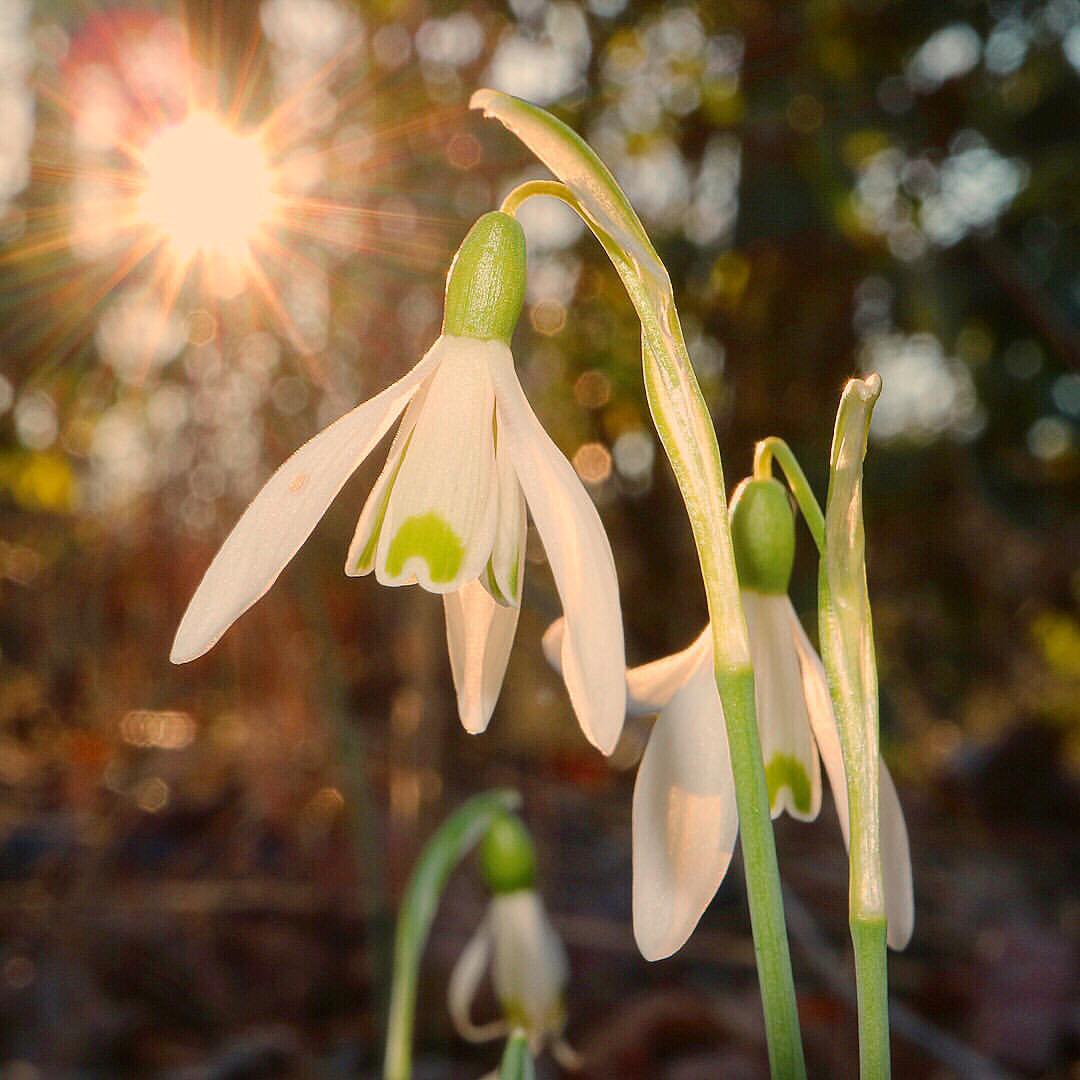Many birds are colorful, but few can rival hummingbirds. The colors are from both pigment in the plumage, and also structural, with prism-like cells in the top layers of the feathers. Looking closely at hummingbird feathers, the surface has layers of air bubbles. When light strikes, some goes straight through to the feather, some is reflected off the bubbles, and some travels through the bubbles. The combination of reflection and refraction as light travels from inner and outer surfaces creates the brilliant iridescent colors we see. It seems the color changes but actually it is just the angle of light that shifts.
These colors are highly visible when hummingbirds fly, as their colors constantly vary in their complex dance with light. But if you watch a perched hummingbird, like this one, it can tighten its muscles to change its colors even while sitting. Also, if you move slowly or tilt your head as you watch, the colors transform through a rainbow of hues.
I spent quite a while moving at a glacial pace to avoid alarming the hummingbird, taking this photo when it appeared most dramatically gaudy. Walking slowly as you watch a resting hummingbird is similar to seeing the shifting shades of oil floating on water, at least in the sense of underlying physics. As a fan of birds, I would rather watch a hummingbird than an oily puddle any day.
These colors are highly visible when hummingbirds fly, as their colors constantly vary in their complex dance with light. But if you watch a perched hummingbird, like this one, it can tighten its muscles to change its colors even while sitting. Also, if you move slowly or tilt your head as you watch, the colors transform through a rainbow of hues.
I spent quite a while moving at a glacial pace to avoid alarming the hummingbird, taking this photo when it appeared most dramatically gaudy. Walking slowly as you watch a resting hummingbird is similar to seeing the shifting shades of oil floating on water, at least in the sense of underlying physics. As a fan of birds, I would rather watch a hummingbird than an oily puddle any day.




